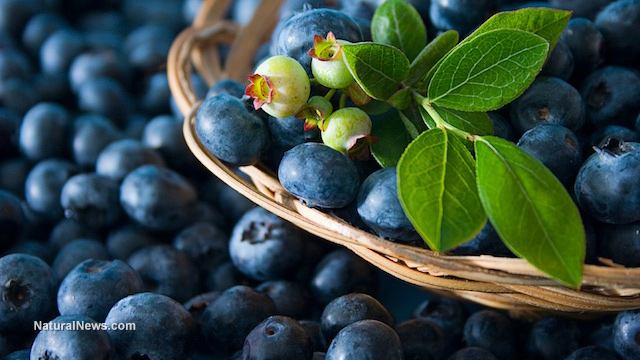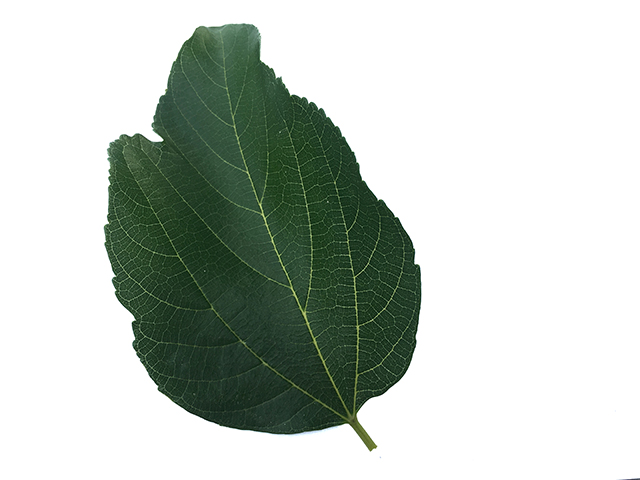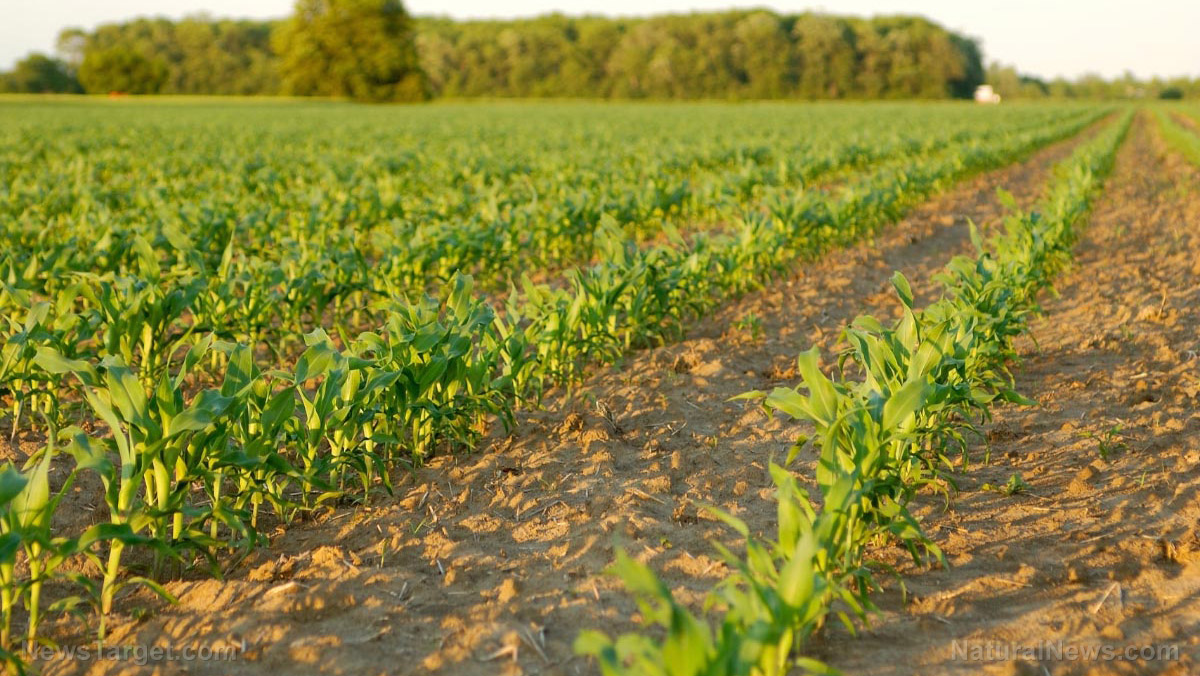You can easily grow this blue superfood in your home. Yes, you read that right. The highly-touted “happy food” can find its own happy place inside a pot. This guide will teach you everything you need to know about cultivating this super fruit.
Acid is your best friend
The most important factor to consider is acidity levels. Blueberries thrive in acidic environments. Ensure that the soil you use is acidic. Aim for a pH zone of around 4.5 to 5.5. You can use acidic potting soil or feed existing batches with acid fertilizer. Look for potting mixes that are designed for acid-loving plants like azaleas and camellias. Experienced gardeners say that acidic soil levels tend to diminish over time, so regularly feed soil with acid fertilizer. To prevent an overdose, do a half feed at the start and then give lower doses throughout the growing season. Take note that blueberries do not like lots of nitrogen, so avoid general fertilizers. When you amend soil with these varieties, you will have very lush blueberry bushes that bear no fruit, which defeats the purpose of planting these in the first place.
Other tips
It does take a few seasons for any fruit-bearing plant to flower, so understand that you’re in this for the long haul. The good news is that blueberries are easy to care for — as long as you start them off right. Gardeners recommend using large pots. Aim for one that is at least 18” wide. This gives your blueberries a chance to breathe and thrive.
Blueberries do well in shade but love sunlight. To get the best yield, make sure that the plant is exposed to the sun for around six to eight hours per day.
Keep soil consistently moist, but not soggy. Blueberries love water but will die if they’re sitting in it. If the plant is placed outdoors, do not assume that your blueberries are getting enough water. Rain water can be deflected by the leaves of the blueberry plant. Always check the soil with your finger. It should be wet below the surface. If you have to leave for long periods time and can’t water it regularly, make sure to move the plant into the shade to conserve water. You can also consider adding a layer of compost with a topdressing of pine bark to help conserve water.
Blueberries also bear fruit when they are around other blueberry plants. Have two to three plants placed together for them to pollinate. It is a good idea to have different varieties of blueberries as these will produce fruit at different times, extending your blueberry season.
If you are planning on overwintering them, move them against a building to protect them from harsh wind. Consider mulching the plants with straw or wrapping them in burlap. While blueberries are in their dormant state, they do not require much watering. Still, do not let them dry out and regularly check their soil moisture levels.
When choosing a variety, take note that varieties with large berries are good for eating, while those with smaller berries are generally better for cooking. There are four main types to choose from: lowbush, highbush, high-high, and rabbiteye. Ask your local nursery which variety is best suited for your specific needs, gardening experience, and area. You should also ask for the chill hours of the blueberry variety you’re deciding on. Chill hours are the the number of hours of winter temperatures. Blueberries have a range of chill hours they need in order to bloom. Basically, the lower the number of chill hours, the better the variety will perform in warm weather.
Follow these tips and enjoy a rich supply of blueberries right at home!
Sources include:
TheSpruce.com
LivingHomeGrown.com
PreparednessMama.com
UGAUrbanAG.com





















